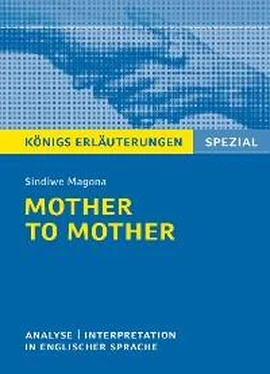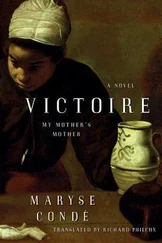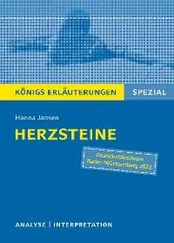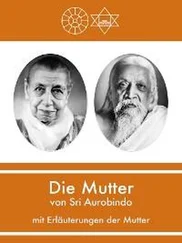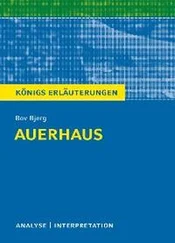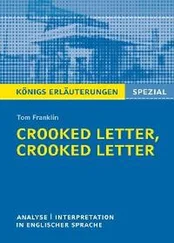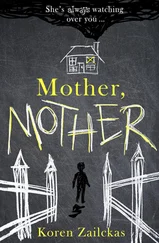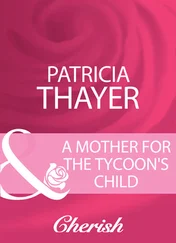The apartheid system was hugely controversial and widely denounced all around the world. As well as activism and resistance within South Africa, there were global movements aimed at stopping and removing the institution of white supremacy as state policy. Many countries joined in arms and trade embargoes against South Africa. In 1973 the United Nations officially defined the apartheid system as a crime against humanity, which would allow criminal prosecution of individuals responsible for upholding and enforcing the system. Not all member states signed the declaration: by 2008, nearly 90 states had still not signed.
Sport under apartheid– The world of sports is not relevant to Mother to Mother , but a brief look at the subject highlights the injustice and absurdity of white supremacist policies on a social as well as international level. Because the apartheid system forbids multiracial sports teams, it was almost impossible for teams from other countries to play any kind of sports in South Africa. No teams were permitted to compete if they contained members of different races.
The International Table Tennis Federation cut all ties to the South African table tennis organisations in protest. South Africa was banned from the 1964 Olympics, and again in 1968.
The Australian Cricketing Association refused to compete in South Africa or against South African teams as long as they selected their teams on a purely racial basis. In the Chess Olympiad of 1970, the Albanian team forfeited rather than face a team of chess players from an apartheid state. South Africa was suspended from FIFA (the international governing body for football) in 1963. The South African tennis team was banned from the 1970 Davis Cup tournament, and when they were allowed to participate in 1974 they won because the Indian team refused to travel to South Africa to compete in the final.
Following the end of apartheid in 1991, the various boycotts against South African athletes and teams also quickly ended.
By the 1980s increasing number of Western companies and organisations were withdrawing from South Africa in response to louder and louder calls for boycotts and embargoes, taking their money with them, and this, combined with structural flaws in the South African economy, was having a devastating effect on the country. These economic pressures combined with increasingly potent and at times violent resistance within the country, as militant and activist groups grew bolder and angrier. Under increased pressure from within and from the rest of the world, the South African government began to release anti-apartheid political prisoners, which further electrified and revitalised anti-apartheid activism within the country as these political prisoners – or, in the phrase made famous by Amnesty International, “prisoners of conscience” – were welcomed back as heroes and martyrs by the anti-apartheid movement.
Attempts made by the central government to reform apartheid – such as giving “coloureds” and “Indians” voting rights in 1983 – were widely seen as inadequate responses to the problem. The government under P. W. Botha(1916–2006, leader of South Africa from 1978 to 1989) claimed it was about to make reforms to the apartheid laws which never came true.
By the end of the 1980sthe South African economy was in terrible shape, and when Botha suffered a stroke and resigned as leader, F. W. de Klerkbecame the leader of the state, and moved quickly to begin dismantling the discriminatory legislation underpinning apartheid. The changes he initiated included lifting the bans on anti-apartheid groups and organisations like Nelson Mandela’s ANC (African National Congress). De Klerk also ordered the release from prison of Mandela after 27 years, restored the freedom of the press and suspended the death penalty. De Klerk was the country’s president in 1993, when the contemporary events surrounding the murder of the white girl are described in the novel.
The end of apartheid was finalised in a series of negotiations in the years 1990 and 1991, ending in the general elections of 1994 (a year following the events described in Mother to Mother ), the first time in the country’s history that all South Africans were allowed to vote. The process was violent, with both “black on black” violence erupting all over the country as well as white supremacist attacks on anti-apartheid activists and even assassinations of anti-apartheid leaders. The negotiations were repeatedly interrupted by protests from groups and organisations representing the far-right white racist minority. The violence continued right up until the day of the general election, with car bombs exploding and people being killed. On April 27, 1994, the apartheid state officially ceased to exist, and South Africa raised its new flag and sang the new official national anthem, “God Bless Africa”.
The novel is very much about the apartheid era– about the forces (racism and colonialism) which made it possible, the terrible consequences it had for society as a whole, and for tribes, families and individuals. Sindiwe Magona is a generation older than her main character, Mandisa, and Mandisa’s experiences are based on Magona’s own life, specifically the places she was forced to live and the pressures on her as a black woman and a young mother. Magona was born in 1943 and witnessed the apartheid era in its entirety; as an adult she campaigned ceaselessly from the UN in New York for an end to apartheid.
The Xhosa
Mandisa and her family (and the other African characters we see in the novel) are all Xhosa. There are 8 million Xhosa people living in South Africa (roughly 18% of the population, according to the 2011 census). They are an ethnic sub-group of the Bantu peoples, which is the umbrella term for the hundreds of ethnic groups in Africa who speak variants of the Bantu languages. The language spoken by the Xhosa is called isiXhosa, and it is the second most commonly spoken language in South Africa (after Zulu).
During apartheid, the Xhosa were denied South African citizenship, and were instead allowed to live in self-governed so-called “homelands”, called Transkei and Ciskei.
The cattle killing movement: “The hatred has but multiplied.”
The cattle killing movement of 1854–1858 was a near-catastrophic act of self-destruction committed by the Xhosa, based on a prophecy by a young girl. Cattle introduced by the white settlers had spread new diseases to the native cattle, many of which died. The loss of cattle – which were for the Xhosa an important status symbol as well as being a source of food and leather (see pp. 176–177) – was a serious problem. The girl, Nongqawuse, told her father that she had encountered spirits out in the fields, and that they had told her that the Xhosa should kill all of their cattle. The spirits of all the dead Xhosa would then return to drive out the white settlers, and bring back all the cattle with them (p. 180).
Her prophecy made its way to the chief of the Xhosa, who ordered the tribe to kill all their cattle and destroy all their grain supplies. Some Xhosa allegedly believed the prophecy to be genuine, and some simply followed orders. Whatever their reasons may have been, the results were disastrous. Famine struck, the Xhosa had no food, the prophesied return of the ancestors never happened and the dead cattle never reappeared. Instead, the white European settlers were forbidden by their governor Sir George Grey from helping the starving, helpless Xhosa unless the tribespeople signed labour contracts with the white landowners. The Xhosa were then bound to work in the mines, labouring for the white colonists.
Читать дальше
